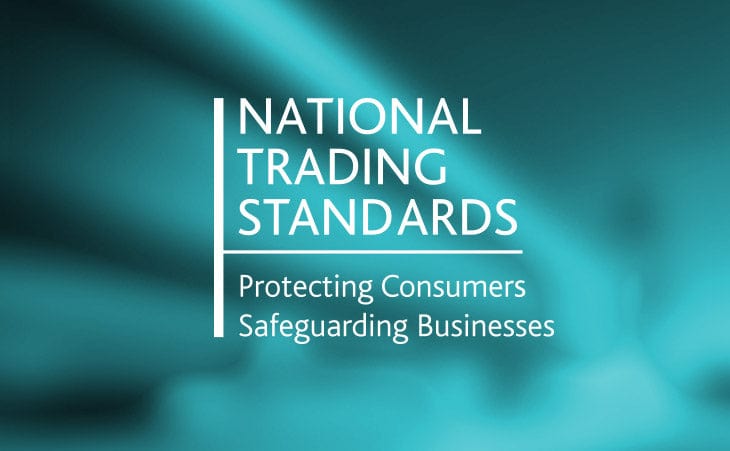When you walk into a room and catch a whiff of vanilla, fresh-baked cookies,
or a zesty lemon, it’s hard not to smile. These delightful scents, often
crafted into candles and wax melts, bring a sense of comfort, nostalgia and
interest. They are often seen online and all over social media. However,
there's an important regulatory aspect to consider: food imitation regulations.
These laws are crucial in ensuring that consumers, particularly children, are
not misled or put at risk by home fragrance products that look or smell like
food.
*Ai generated images of these products have been used in this article for information purposes. We do not endorse making candles which are in contravention of UK and EU regulations.
What are Food Imitation Regulations?
Food imitation regulations are designed to prevent products that look or
smell like food from being mistaken for actual food. These regulations are
particularly stringent in the UK and Europe to protect consumers, especially
children, from accidentally ingesting non-food items.
In the UK, these regulations are governed under the Food Imitations (Safety)
Regulations 1989, which implement the EU Directive 87/357/EEC. This directive
prohibits the marketing, importation, and manufacturing of products that could
be confused with food and pose a risk to health or safety either chemically in
the case of ingesting items like diffusers or mainly a choking hazard in the
case of wax melts and some candles.
Individual countries in the EU have different implementations of EU Directive 87/357/EEC so it is important to understand and comply with the regulations of the countries you may be selling in.
How Do These Regulations Affect Home Fragrance Products?
Home fragrance products such as candles and wax melts often feature scents
and appearances inspired by food items. While these products can be incredibly
appealing, they must comply with food imitation regulations to ensure they are
safe and not misleading.
Examples of Food Imitation Risks
1. Cupcake Candles: Candles shaped and decorated like cupcakes can be dangerously enticing, especially to young children. If a child were to mistake such a candle for a real cupcake, the risk of ingestion or burns could be severe.
2. Fruit-Scented Wax Melts: Wax melts that resemble fruits like strawberries, oranges, or lemons must be clearly distinguishable from real fruits. The realistic appearance combined with the scent can create confusion and are mainly a choking hazard.
3. Doughnut Wax Melts: These wax melts are designed to look like miniature donuts, complete with icing and sprinkles. While visually appealing, they pose a significant risk of being mistaken for actual donuts.
4. Macaron Candles: Inspired by the popular French pastry, macaron candles are colourful and often packaged to look like a box of real macarons. Their realistic appearance can easily lead to confusion.
5. Ice Cream Scoop Candles: Shaped like scoops of ice cream, these candles come in various "flavours" and even have realistic textures. They are particularly appealing but can be dangerous if mistaken for real ice cream.
6. Pie-Scented Candles: Candles designed to look like slices of pie, complete with crust and filling details. These candles are popular on social media for their intricate designs but must be clearly labelled to prevent confusion.
7. Cocktail / Iced Coffee Candles: Shaped like popular beverages and cocktails, such as margaritas or martinis, these candles often come in glasses or containers that mimic real drinkware. They need clear labelling to avoid being mistaken for actual beverages.
8. Candy/ Chocolate Bar Wax Melts: Resembling popular chocolate bars, these wax melts can easily be mistaken for real confectionary, especially by children.
Compliance Requirements for Home Fragrance Products
To comply with food imitation regulations, manufacturers must ensure that their products, despite being inspired by food, cannot be mistaken for edible items. Here are some key requirements:
1. Clear Labelling: Products must have clear, prominent labels indicating that they are not food. Warnings such as "Not Edible" or "Do Not Eat" should be visibly displayed on the packaging and the product itself.
2. Distinctive Design: The design of the product should be distinct enough that it cannot be confused with actual food. This might involve using non-food colours or shapes that are not typical for real food items.
3. Safety Measures: Incorporate safety measures such as bittering agents like those we use in our diffuser bases that make the product taste unpleasant if accidentally ingested.
4. Consumer Education: Educate consumers through packaging, marketing materials, and online content about the proper use and storage of these products to avoid accidents.

Regulatory Oversight and Enforcement
The enforcement of these regulations is carried out by local Trading Standards in the UK and similar regulatory bodies across Europe. These authorities have the power to remove non-compliant products from the market and impose penalties on manufacturers who breach the regulations.
Best Practices for Manufacturers
To avoid running afoul of food imitation regulations, manufacturers of home fragrance products should adopt best practices that prioritize safety and compliance:
1. Design Workshops: Conduct design workshops focusing on creating appealing yet unmistakably non-edible home fragrance products.
2. Regular Audits: Implement regular compliance audits to ensure all products meet regulatory standards.
3. Consumer Feedback: Gather feedback from consumers to identify potential risks and improve product safety.
4. Collaboration with Experts: Work with regulatory experts and child safety organizations to design safe and compliant products.
For more detailed information on these regulations, you can visit the UK Government's official page on Food Imitation (Safety) Regulations 1989 and the EU Directive 87/357/EEC.
Happy candle making, and stay compliant!




